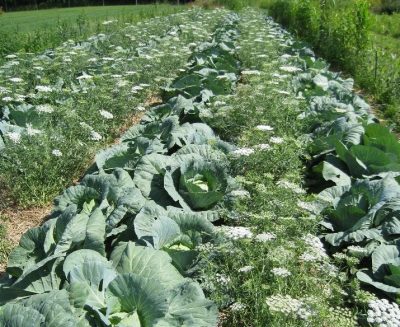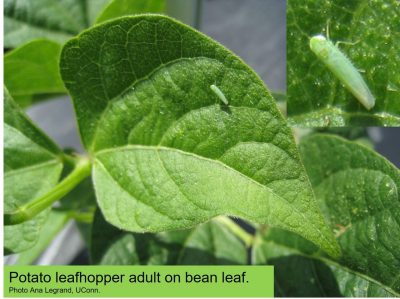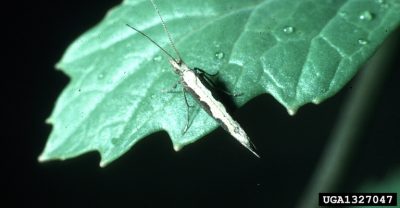
Insectary Plants for Conservation Biological Control in Brassicas

Current projects in this area involve the study of Ammi majus as an insectary plant to conserve natural enemies of brassica caterpillars. One of our previous studies evaluated several cut flowers for their attraction of beneficial insects. We documented a high diversity of natural enemies visiting these flowers for nectar/pollen or shelter. Altogether, we collected insects from 14 parasitoid families and from 9 families that include mostly insect predators. Ammi majus stood out among all plants because of the largest number of natural enemy families collected from it. Other flowers that attracted a good diversity of insect families include Gomphrena globosa ‘Vegas White’, cockscomb celosias (Celosia argentea cristata) ‘Kurume’ and ‘Triangle Mix’. In regards to insect parasitoids, only Ammi majus attracted both braconids and ichneumonid parasitoids and these families include many species that attack vegetable pests. Also ongoing is an evaluation of several insectary plants in collaboration with members of the Brassica Pest Collaborative.
Brassica Pest Collaborative
A NE-SARE-funded project conducted by UMass, UNH, UConn, and Cornell Cooperative Extension of Suffolk County bringing together Extension educators, researchers and growers who are dedicated to finding and sharing new ways to combat brassica pests. Our goals are to increase understanding of pest biology, promote ecologically-based pest management practices and increase farm revenue by reducing pest crop damage.
-

Send us your questions! We will use them to prioritize topics for making videos and other resources, just follow this link: http://bit.ly/growerneeds
-
Use the resources on our website here: http://bit.ly/brassicapestcollaborative
-
Become a grower collaborator: email ana.legrand@uconn.edu
Please include farm name, brassica acreage, and crop-pest-control strategy of interest
Remote Sensing and Potato Leafhopper Monitoring

Early detection of insect infestation within crops is essential for effective and environmentally sound management. There is a growing interest in adapting remote sensing technologies to assist in pest scouting efforts thus reducing labor and time requirements. We are currently investigating the use of unmanned aerial systems outfitted with lightweight multispectral and hyperspectral sensors - as remote scouting instruments- in early detection and discrimination of crop infestation by potato leafhopper Empoasca fabae in beans and potatoes. The goal of these projects is to detect changes in leaf spectral reflectance patterns induced by potato leafhopper feeding.
Trap Crops for Insect Pest Management
Habitat diversification strategies such as trap crops and intercrops are important components of many IPM systems. We are examining the use of trap crops adapted to our local area for the management of vegetable insect pests such as the diamondback moth.
